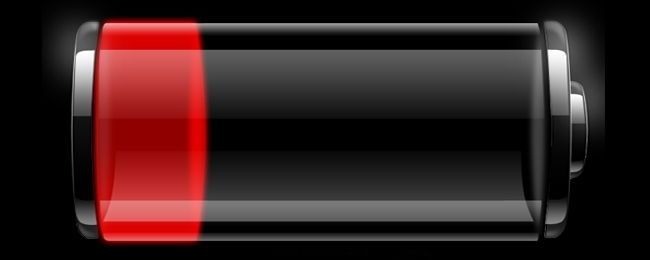When you have a rather new laptop, the last thing you want to experience is a problem with the battery. But what do you do if it happens? Today's SuperUser Q&A post offers up some advice for a frustrated reader.
Today’s Question & Answer session comes to us courtesy of SuperUser—a subdivision of Stack Exchange, a community-driven grouping of Q&A web sites.
Image courtesy of Intel Free Press (Flickr).
The Question
SuperUser reader user285oo6 wants to know how his laptop's battery can be dead even though it was fully charged the day before:
My laptop is nine months old and I use the laptop's battery power sparingly since I have it connected to a power outlet most of the time. This problem just started four days ago and, as of this post, my laptop is only running on outlet power, so there is no question about the battery wearing out.
Every night the battery is fully charged at 100 percent, yet the next morning it shows a "3 Hours 18 Minutes Until the Battery is Fully Charged" message when I turn it on.
I had tried running the Dell eSPA Diagnostics, but was unable to access it on Windows 10 (at that time). When I asked about the problem in the Dell community forums, their response was to use the online diagnostic scan. The online diagnostic scan would not complete when I tried it (it failed after one hour).
After a round of fresh updates for my Windows 10 system, I was finally able to get the ePSA Diagnostic Scan to work and it passed. The thermal information for the CPU Thermistor was 52 degrees Celsius, but things did not fully shut down even after a complete turn-off. I just learned this recently when my laptop bag was hot and when I removed the laptop from the bag, it was showing a yellow status light for the battery (even after doing a complete shut down).
What exactly is going on here?
The Answer
SuperUser contributor Jamie Hanrahan has the answer for us:
Batteries can and do fail for all kinds of reasons. The most likely explanation here is that your battery has developed a weak cell. This can happen even with relatively new batteries after very little use, particularly if the laptop's configuration is such that the battery is kept warm by the rest of the laptop.
The only practical cure is to replace the battery. Since your laptop is only nine months old, it may be covered by warranty.
It is possible that the charge management hardware for your laptop is at fault. This would clearly be a warranty issue as well. In any case, the only way to really diagnose it is to try a different battery. Sorry about that, but it happens.
Special Note
You can also generate a battery health report using the instructions from our article here:
How to Generate a Battery Health Report on Windows 8 or Windows 10
Have something to add to the explanation? Sound off in the comments. Want to read more answers from other tech-savvy Stack Exchange users? Check out the full discussion thread here.

